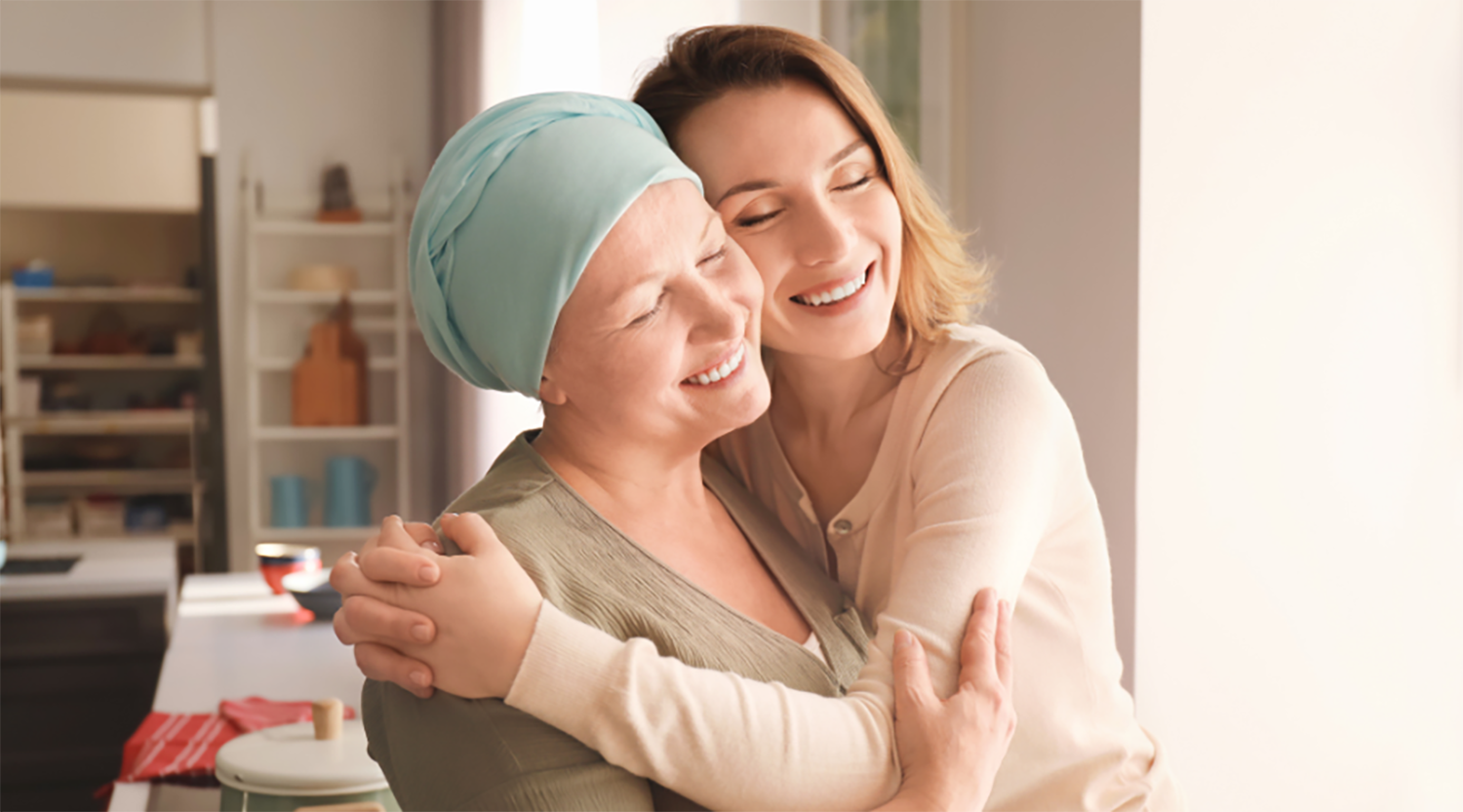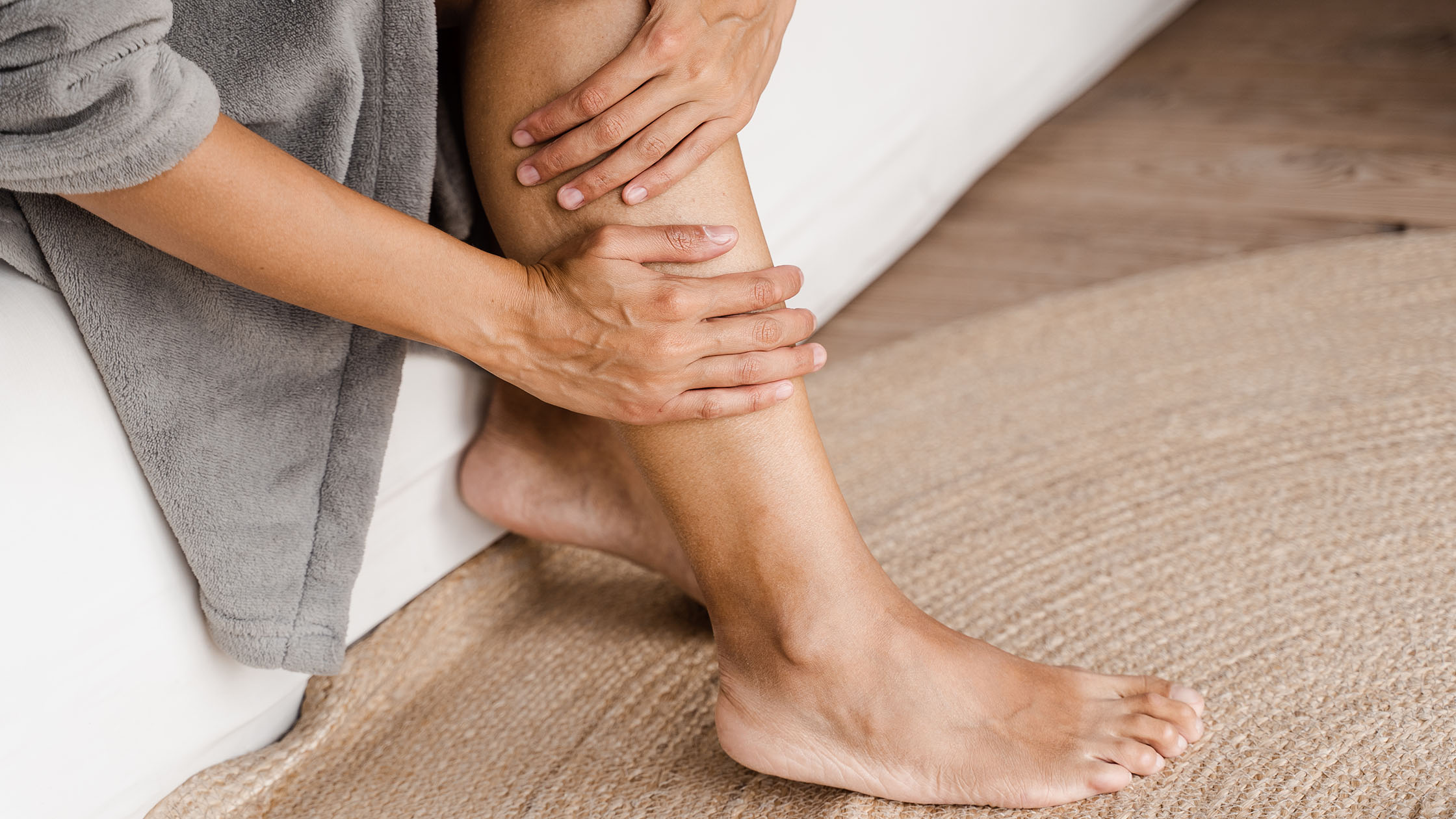Treat Venous Leg Ulcers early to avoid growing pain
Varicose veins are a lot more than unattractive and painful; left untreated, they can cause much more serious problems that can have a significant impact on your quality of life. Untreated varicose veins may lead to venous leg ulcers, or sores that will not heal. How do they develop? When varicose veins occur, the bulges they cause put pressure on the skin, causing it to become weaker and begin to break down. In some people, eczema can occur in these areas, causing itching and redness and repeatedly scratching these areas can cause sores to develop. But even in men and women who don’t have varicose vein-related eczema, venous ulcers can still occur as skin continues to weaken and break down over time.
Infections can occur if left UNtreated
Venous leg ulcers are often very slow to heal, which leaves them open to infection. In addition to causing tissue in the immediate area to die (become necrotic), infections can also spread to the underlying bone or travel to the blood stream. In extreme cases, the leg or a portion of the leg may be lost or large portions of skin may need to be removed, resulting in the need for skin grafts. What’s more, because they’re painful, leg ulcers can also cause people to restrict their movement, which may lead to blood clot in the leg. Lack of mobility can also cause feelings of depression and isolation to develop, which can cause immune systems to weaken and increase the risk for infection. The risks of not treating venous leg ulcers are great, so please don’t hesitate to find out what options you have.
Ulcers can be treated and heal, but unless the underlying causes — the varicose veins — are treated, ulcers will likely recur. Many people mistakenly believe varicose vein treatment is invasive and requires a prolonged period of recovery, but in fact, the techniques Dr. St. George uses are simple, straightforward, safe, and recovery is nearly immediate.




